Managing roles and compensation can be challenging. You want to ensure employees feel valued while maintaining fairness at all levels. However, evaluating the importance of each job in a way that meets both employee expectations and organizational goals can be difficult.
According to Harvard Business Review, over 40 percent of respondents struggled to secure a promotion, while nearly 70 percent felt their peers at similar levels were paid more elsewhere. This highlights the need for a transparent and fair job evaluation system that ensures both internal equity and competitive compensation.
In this blog, we will explore the four most common job evaluation methods, their strengths and weaknesses, and how to apply them to your organization.
TL;DR
- Job evaluation methods help organizations determine fair compensation and assess job value across roles.
- The job ranking method is simple and suitable for smaller organizations, but it lacks detailed insights.
- The point-factor method uses numerical scores for more detailed evaluations but requires careful planning.
- Market pricing aligns internal compensation with external market data, but it may overlook the value of internal roles.
- The Hay Guide Chart-Profile method assesses jobs based on key factors, providing consistency for large organizations.
1. Job Ranking Method
The job ranking method compares jobs based on their overall value to the organization. Jobs are placed in a ranked order from highest to lowest, typically relying on collective judgment. It is a quick, straightforward approach, ideal for smaller organizations.
Advantages
The simplicity of the ranking method offers some clear benefits for smaller organizations or teams with fewer roles to evaluate.
- Simple and easy to implement without the need for complex systems.
- Helps to provide a general sense of how different roles compare in terms of value.
- Encourages discussions about the relative importance of each role within the organization.
- Effective for smaller companies with fewer roles to compare.
Limitations
While ranking is easy to apply, it comes with limitations, especially in larger organizations with many roles.
- Highly subjective, with less focus on measurable factors.
- Does not provide detailed comparisons of the specific responsibilities and skills required for each job.
- May lead to disagreements among team members about the ranking criteria.
- Less effective for complex organizations with a wide range of positions.
Best Fit
Job ranking is best for smaller organizations or teams that do not require a highly detailed or formal system for evaluating roles. It is ideal when quick, high-level comparisons are sufficient.
If you’re looking for a more structured, data-driven approach, the Point Factor Method could be the next step. Let’s break it down.
2. Point Factor Evaluation Method
The point factor method assigns numerical scores to compensable factors such as skills and responsibilities. Each factor is weighted, and jobs are scored to determine their overall value. This method provides a clear, structured way to evaluate positions objectively.
Advantages
This method allows organizations to evaluate jobs with a clear, objective framework that makes comparisons easier.
- Quantifies job value based on measurable criteria.
- Provides detailed, consistent evaluations across a range of roles.
- Helps create structured pay scales that reflect the complexity and responsibility of each role.
- Offers clear documentation for pay decisions and promotions.
Limitations
While the point factor method is objective, it can be time-consuming and requires careful planning to ensure fairness.
- Requires substantial effort to develop and maintain the list of factors and weights.
- It may be challenging to apply to unique or evolving roles that don’t fit neatly into predefined categories.
- Needs regular updates to reflect changes in job responsibilities.
- It can become overly complex if too many factors are considered.
Best Fit

The point factor method is best for medium to large organizations with a range of roles that require consistent and detailed evaluation. It works well when fairness and transparency are priorities.
While Point Factor evaluates roles internally, the Market Pricing Method helps you stay competitive with external compensation standards. Here’s how it works
3. Market Pricing Method
Market pricing involves comparing internal job roles to similar positions in the external labor market. It uses external salary data to determine competitive pay levels. This method helps ensure that compensation stays aligned with industry standards.
Advantages
Market pricing is straightforward and based on solid data, which can help ensure compensation is competitive.
- Ensures compensation remains competitive with external market trends.
- Helps attract top talent by offering salaries that meet or exceed industry standards.
- Provides a quick way to adjust pay scales to match market conditions.
- Relies on data-driven decisions, reducing subjectivity.
Limitations
While effective for external benchmarking, this method may not account for the internal value of roles.
- Focuses on external comparisons without considering internal responsibilities.
- Can create pay discrepancies if market data doesn’t align with internal role expectations.
- Doesn’t address internal pay equity or job complexity.
- Requires up-to-date and reliable market data to be effective.
Best Fit
The market pricing method is most effective for industries with standardized roles and precise external compensation data. It is ideal for organizations that prioritize staying competitive in terms of compensation.
Looking at both internal value and external data, the Hay Guide Chart-Profile Method takes a more balanced approach. Let’s dive into how it works.
4. Hay Guide Chart-Profile Method
The Hay Guide Chart-Profile method evaluates jobs based on three key factors: know-how, problem-solving, and accountability. These factors are scored, and the total score determines the job’s overall value. It is particularly effective for organizations with complex roles and varied responsibilities.
Advantages
The method provides a consistent and balanced way of evaluating jobs with varying responsibilities.
- Focuses on core job factors that impact organizational success.
- Supports fair pay structures and career development paths.
- Helps define roles clearly and creates consistency across departments.
- Widely recognized and respected method, especially in larger organizations.
Limitations
Despite its consistency, the Hay method can be complex and requires proper training to apply accurately.
- Needs specialized knowledge to assess roles correctly.
- It can be time-consuming to apply across large organizations.
- It may not capture unique aspects of roles that do not fit into the standardized categories.
- Can feel rigid for jobs with responsibilities that change frequently.
Best Fit
The Hay Guide Chart-Profile method is best suited for larger organizations with structured roles and career progression paths. It is beneficial when organizations need a consistent system to evaluate positions based on impact and responsibility.
With these methods in mind, let’s explore how Teamlease can help you apply these evaluation techniques effectively in your organization.
How Teamlease Supports Job Evaluation and HR Decisions?
Teamlease offers services that help organizations assess roles and set fair compensation with clarity. The approach combines expertise in staffing, HR technology, and advisory services to enhance job evaluation processes. This ensures informed decisions are made regarding roles and pay.
Here’s how Teamlease can support job evaluation:
- Professional Staffing: Manages recruitment to ensure roles are clearly defined, matching the right talent with job responsibilities.
- Payroll and Compliance Services: Assists with accurate compensation management while ensuring compliance with regulatory standards.
- HR Advisory Services: Provides guidance on designing pay structures, evaluating roles, and improving HR processes.
- HR Technology Marketplace: Offers a range of tools to assist in evaluating positions and managing workforce data efficiently.
These services help organizations maintain consistency, transparency, and fairness in the job evaluation process.
Conclusion
Choosing the correct job evaluation method is crucial to building fair and transparent compensation practices. By selecting the right approach, you can ensure that roles are valued appropriately and that pay structures are aligned with both business goals and employee expectations.
At Teamlease, we understand the complexities of job evaluation. Our tailored solutions can help you create clear, consistent systems for evaluating roles and defining compensation.
To learn more about how we can support your organization, contact TeamLease today.
FAQs
Q: What are the differences between the Job Ranking and Point Factor methods?
A: The Job Ranking method compares jobs in a simple rank order. It is based on the overall value to the organization. The Point Factor method assigns numerical values to specific factors, providing more detailed comparisons.
Q: How does Market Pricing affect compensation?
A: Market Pricing compares internal roles with industry salary data. It helps ensure that compensation is competitive. This keeps the organization attractive to top talent and aligned with industry standards.
Q: Which companies benefit most from the Hay Guide Chart-Profile method?
A: Large organizations with many roles benefit from this method. It evaluates jobs based on knowledge, problem-solving, and accountability. It helps create fair and consistent evaluations across varied positions.
Q: How can Teamlease help with job evaluation?
A: Teamlease offers professional staffing and HR advisory services. They also provide technology solutions to support accurate job evaluations. Their services ensure alignment with market trends and internal goals.
Q: Can multiple job evaluation methods be used at the same time?
A: Yes, combining methods can provide a more complete evaluation. For example, Job Ranking can be used with Point Factor. This gives both a broad view and a detailed breakdown of roles.







